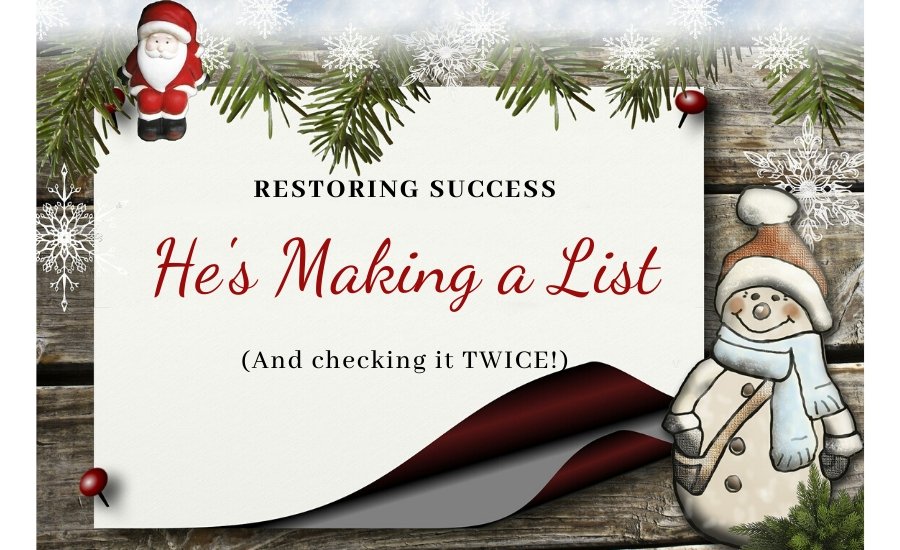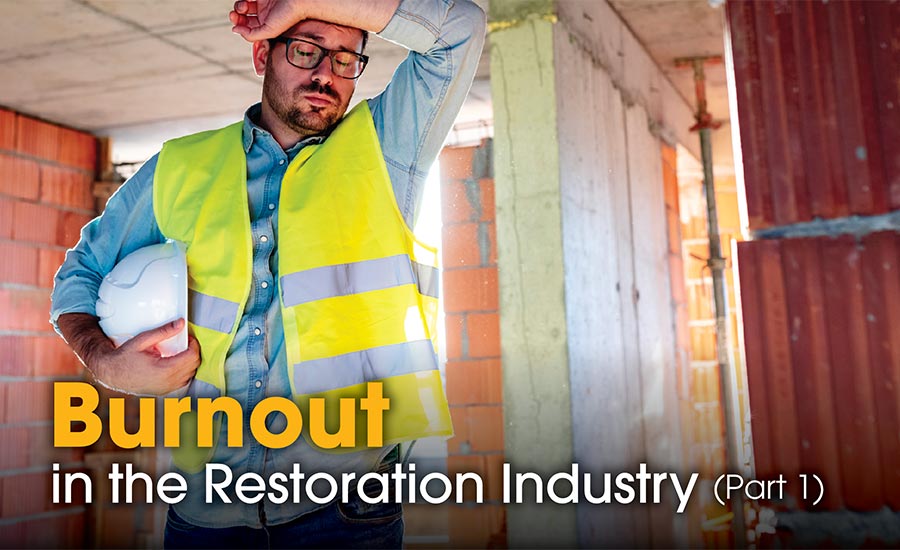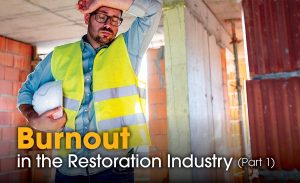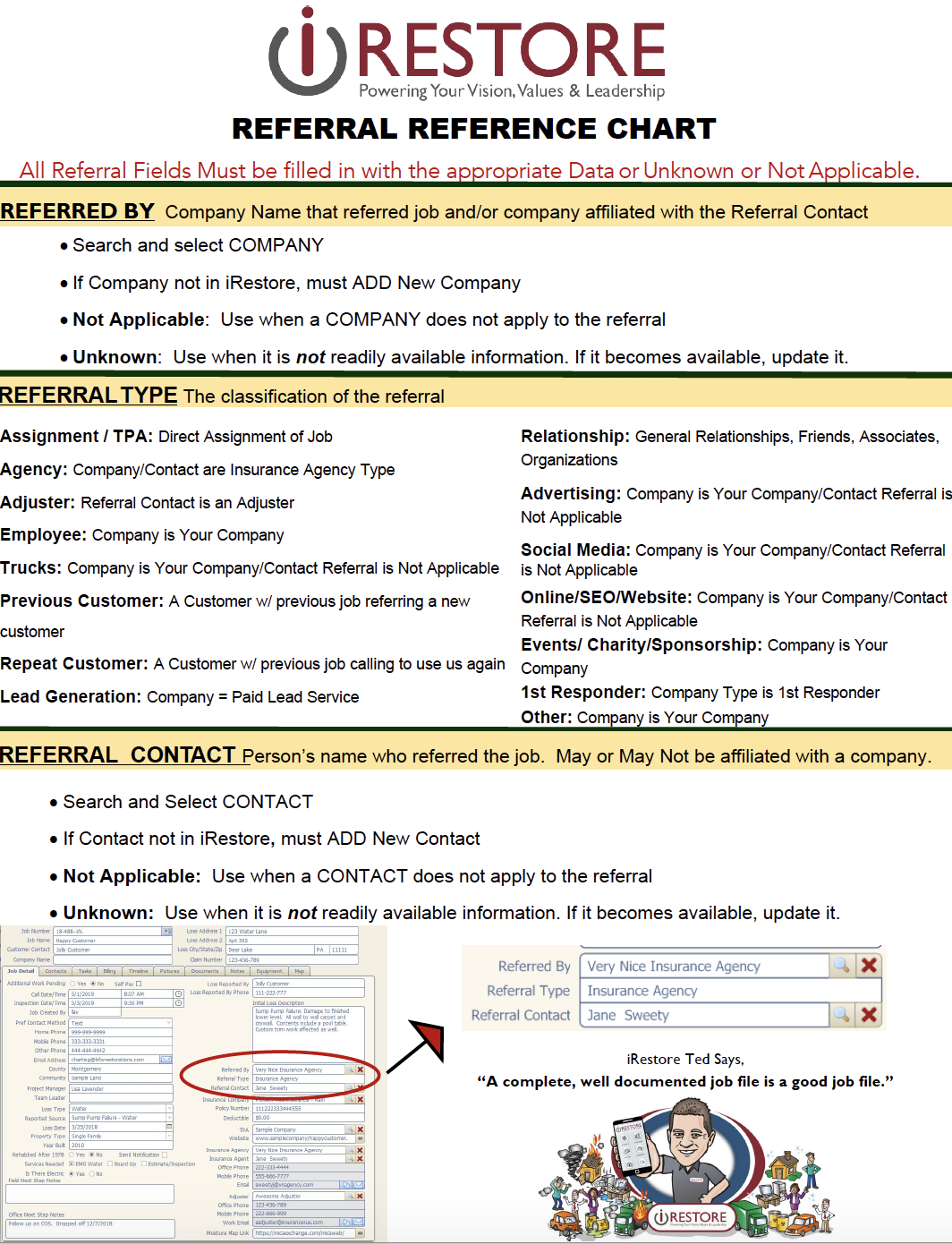 Lisa Lavender, M.T.R., M.F.S.R., M.W.R.
Lisa Lavender, M.T.R., M.F.S.R., M.W.R.
A quick internet search yielded millions of results on: Proper Handshake. Years of practicing and talking about how to give a proper handshake down the drain? I recall giggling with others when someone is a bad hand shaker…too limp…squeezed to hard…well for now, it’s one less thing for everyone to worry about.
The history of the handshake is very interesting. Many of us have likely been doing this for years when meeting new associates, customers, networking, and more. History tells us the handshake has represented a gesture of peace, a sign of good faith, a commitment to a promise, and even has represented an eternal bond. Now what?
We don’t know if the worldwide pandemic will permanently change our behaviors and culture, but we do know that it is changing it now. A few short months ago, in many circumstances, it was considered a social faux pas to not greet someone in what has become our cultural norm. Today, it is socially unacceptable to shake a hand.
How do we adjust our culture, our ways of expressing ourselves, our ways of bonding, and our ways of building and developing relationships? This is a challenge for many businesses and for restorers who take pride in delivering empathetic and compassionate services. To those who have experienced damage to their homes, belongings, and businesses, this is an important element in our service to them.
- Individual Self Awareness: As individuals, we need to have extreme self-awareness and be open to working as a team to adjust. We all have our own ways of expressing ourselves and connecting to others and as we shift, we can help each other. We have huggers, we have close talkers, and more. Be open and positive in helping each other make the shift. I have a coworker, a hugger, who has extreme empathy for customers and creates bonds in her approach. We have open discussions about figuring out ways for her to express herself and establish bonds. “We can make her signs to hold up?” I myself can be a close talker (not too close…LOL). It is a way for me to express my focus and attention to a person, subject, or conversation. I am extremely self-aware, am now extra cautious to keep my distance, and open myself to others helping me; I will adjust.
- Documents/Plans/Procedures: As many of us must develop our systems, processes, and procedures to accommodate the presence of COVID-19 in our day to day, consider the process of integrating these new initiatives into our culture. In Restoring Success It’s All a Matter of Culture, we discuss how to integrate these types of developments into our actual culture. The following are a couple of concepts to serve as a backbone to the cultural shift.
- Precautionary Measures: Have a documented and thorough precautionary measure program that can be integrated into your day to day and make them part of the new culture.
- Operational Adjustments: There are many general changes from meetings to means of communicating. Phillip Rosebrook’s Creating a Coronavirus Business Action Plan is a great place to start.
- Technology and Digital: It is likely that you have all experienced virtual meetings and maybe even a happy hour or two. We have an abundance of technology to enjoy that helps and supports our cultural shift. In this context, challenge yourself and the team to stay up on all the latest; not just in tools but in the use of these tools. We must look beyond the technology and challenge ourselves to consider the importance of engagement, collaboration, and bonding which may or may not be fully replaced with technology. As an industry, we are tactile. If we employ technology without the appropriate attention to this, our relationships, our training programs, and more could suffer.
- Training: We should consider training for ourselves and team to help us best adjust.
- Soft Skills: I have a few co-workers who are amazing at expressing their care to a customer on the phone. This is just one example of a very important skill at this time. We must be on the top of our game at listening and all means of communicating. Our voice and writing are going to be front and center.
(I mean no offense as some of my favorite people use these terms, but I will use this opportunity and platform to share two words that are my pet peeves, 1) “Hey” – I don’t think it is a good greeting in writing…”hay is for horses” 2) “Yup or Yep” – it could seem flip and insincere in a response to something very important. No “hey or yup” …LOL!)
- Other: From technology to body language, keep it top of mind that as we adjust, there could be needs for training to do it best. As an example, at Restoration Technical Institute, we have begun the process of training and developing ourselves to learn how to best engage and train in an online environment. It is more complicated than just buying a webinar platform and we want to be excellent and so we must learn and train.
- Be Creative: There is a great opportunity to engage the team to be creative and at the same time keep the need to shift our culture to top of mind. Get the team started and let the ideas flow. Some examples may be:
- Pictures: We can do quite a bit with a picture of a smiling face. We can text them to customers, put on social media, and they can even wear them. Not only are we socially distanced, but some of us may look a bit intimidating with a face mask or full PPE.
- Proactive Communications: There are all kinds of proactive communications that will let people know how you feel and what to expect. Let people know the masked team they must stay far away from still cares. One idea: send a thank you text with a picture after an emergency.
- Company General Environment: There are many general things that could be considered in your organization that could help the shift.
- Huddle (far apart or from a distance): Talk about it frequently. Keep the lines of communications open. Keep it all top of mind in a positive environment and it will serve you well.
- Openness: Transparency and collaboration are key. There is no place for defensive attitudes and an unwillingness to change or adapt.
- Lead by Example: This universal truth is more important than ever. Leadership must exemplify what is expected and necessary during this challenging time.
- Eating: Some may call foul on this item being on the list! I am half Italian and breaking bread, eating together, feeding others; food is a big part of my world. I am stumped.
- I often recommend taking candidates to lunch because people let their guard down and are more relaxed when eating. It’s a great way to get to know each other.
- In our training center, we have food rules! No pizza and sandwiches and we have an ice cream machine because ice cream makes people happy. Now what!?!
- On someone’s first day, it is a rule to take them to lunch.
- We celebrate, bond, reward with food. I love feeding people. I love eating with others.
- I want your advice! The eating situation has me thrown for a loop. A GoToMeeting does not replace this for me. I would love to hear your tips for this big change.
This is a short list of things to consider in the wake of the necessity for a major cultural shift in our world. Although we can only speculate on the long-term impact on our behaviors, we can proactively and positively begin to adjust.


 In the early 2000s, when I was just beginning my career as a restorer, I recall the buzz about the “cloud”. I am by no stretch a “computer geek” but it sounded like something exciting. Wanting to constantly employ the latest technology in all aspects of the business, I ran around the office declaring that we needed a cloud (totally clueless of what that meant). I came in one morning to a picture of a cloud on my door labeled, “Lisa’s Cloud”. Fast forward to 2018, I became co-owner and VP of Operations Design of iRestore, a cloud-based restoration management software company. It began when I was searching for the right cloud-based system for my company. I found
In the early 2000s, when I was just beginning my career as a restorer, I recall the buzz about the “cloud”. I am by no stretch a “computer geek” but it sounded like something exciting. Wanting to constantly employ the latest technology in all aspects of the business, I ran around the office declaring that we needed a cloud (totally clueless of what that meant). I came in one morning to a picture of a cloud on my door labeled, “Lisa’s Cloud”. Fast forward to 2018, I became co-owner and VP of Operations Design of iRestore, a cloud-based restoration management software company. It began when I was searching for the right cloud-based system for my company. I found 














